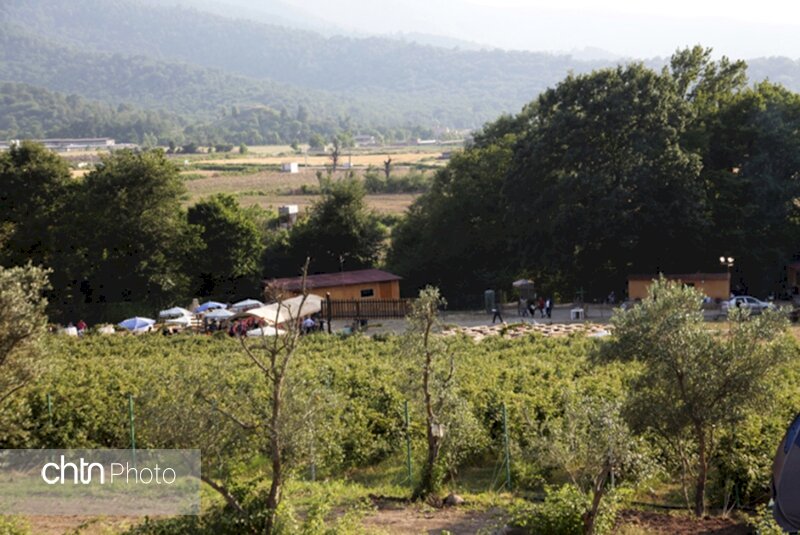New agritourism farms to be launched in northern Iran

TEHRAN – A total of six agritourism farms are planned to be set up in Azadshahr, northern Golestan province, Azadshahr’s tourism chief has said.
Six farms are being launched in the rural areas of the region in collaboration with the private sector, Mohammad Taha Asgari announced on Tuesday.
The development of such farms could result in the growth of villages and their economic well-being, the official added.
“Tourism farms allow farmers not only to cultivate and produce but also to host tourists for several hours to observe the various stages of production and to use the farm’s recreation areas, generating additional revenue.”
Earlier in August, a memorandum of understanding was signed at the provincial level to help develop agritourism across the lush green Golestan.
The MOU also aimed to facilitate issuing agritourism permits to selected farms, identifying and developing tourism capacities in the agriculture industry, monitoring the performance of certified farms, and forming advisory committees, and work as a team that will assist the agricultural sector in attracting domestic and foreign tourists.
Back in July, provincial tourism chief Ahmad Tajari announced that agritourism is being developed in the northern province of Golestan by launching new tourist farms.
“The province has issued seven agritourism permits in less than a year, which is expected to attract more tourists.”
Such permits are granted to eligible farm owners in the country to launch agritourism businesses, aiming to set certain standards in a move to ensure the quality of such services in the country.
A total of 720 billion rials ($17.1 million at the official exchange rate of 42,000 rials per dollar) has been invested in these tourist farms, which are expected to generate almost 120 job opportunities, the official added.
As tourism and agriculture are the two axes to the development of the province, their combination serves a crucial role in creating jobs and economic prosperity, particularly in the villages, he noted.
Golestan is reportedly embracing some 2,500 historical and natural sites, with UNESCO-registered Gonbad-e Qabus – a one-millennium-old brick tower – which is of high architectural importance as an exemplar and innovative design of the early-Islamic-era architecture.
Narratives say the majestic tower has influenced various subsequent designers of tomb towers and other cylindrical commemorative structures both in the region and beyond. The UNESCO comments that Gonbad-e Qabus bears testimony to the cultural exchange between Central Asian nomads and the ancient civilization of Iran.
ABU/AFM

Leave a Comment